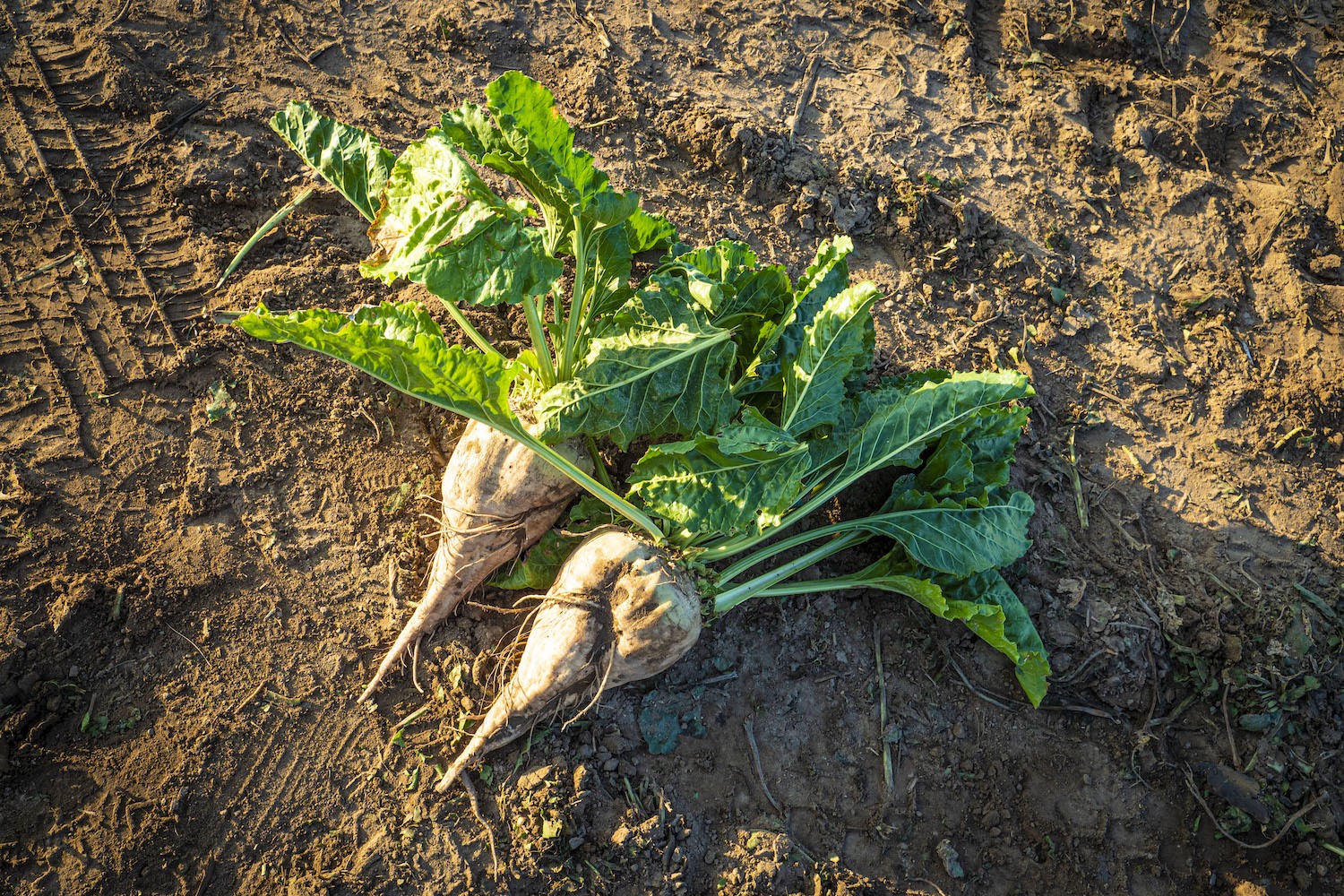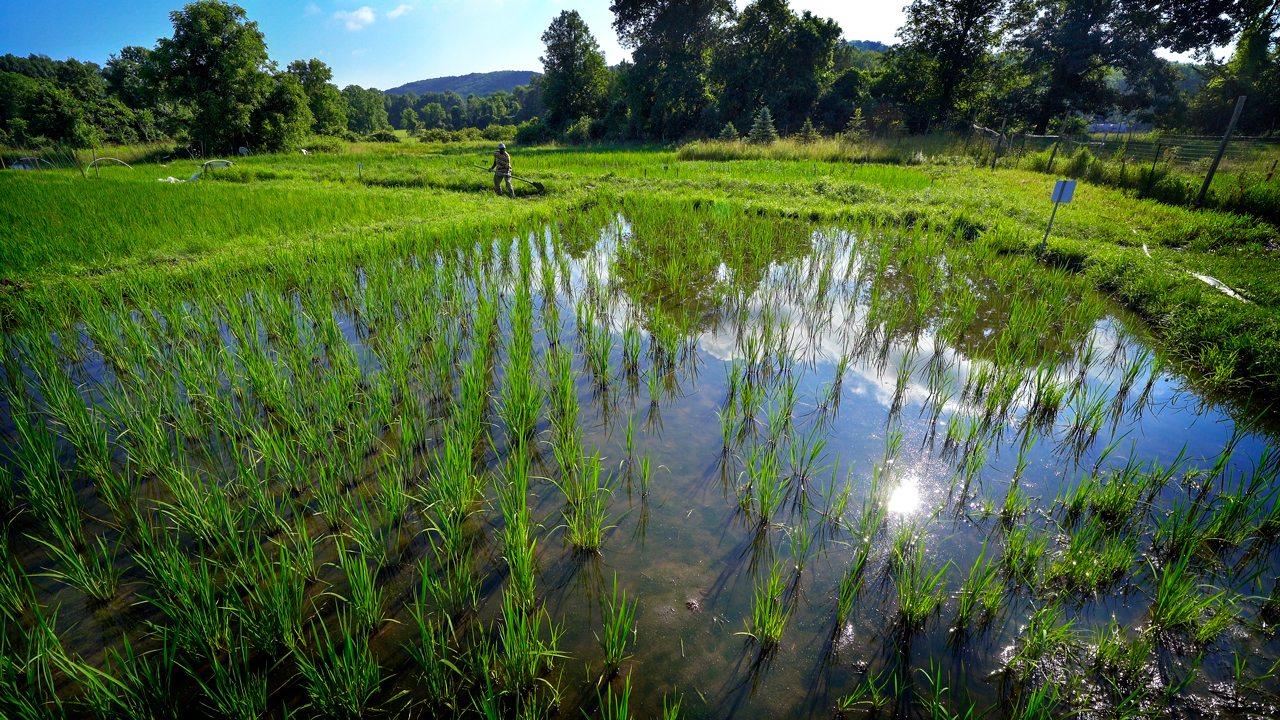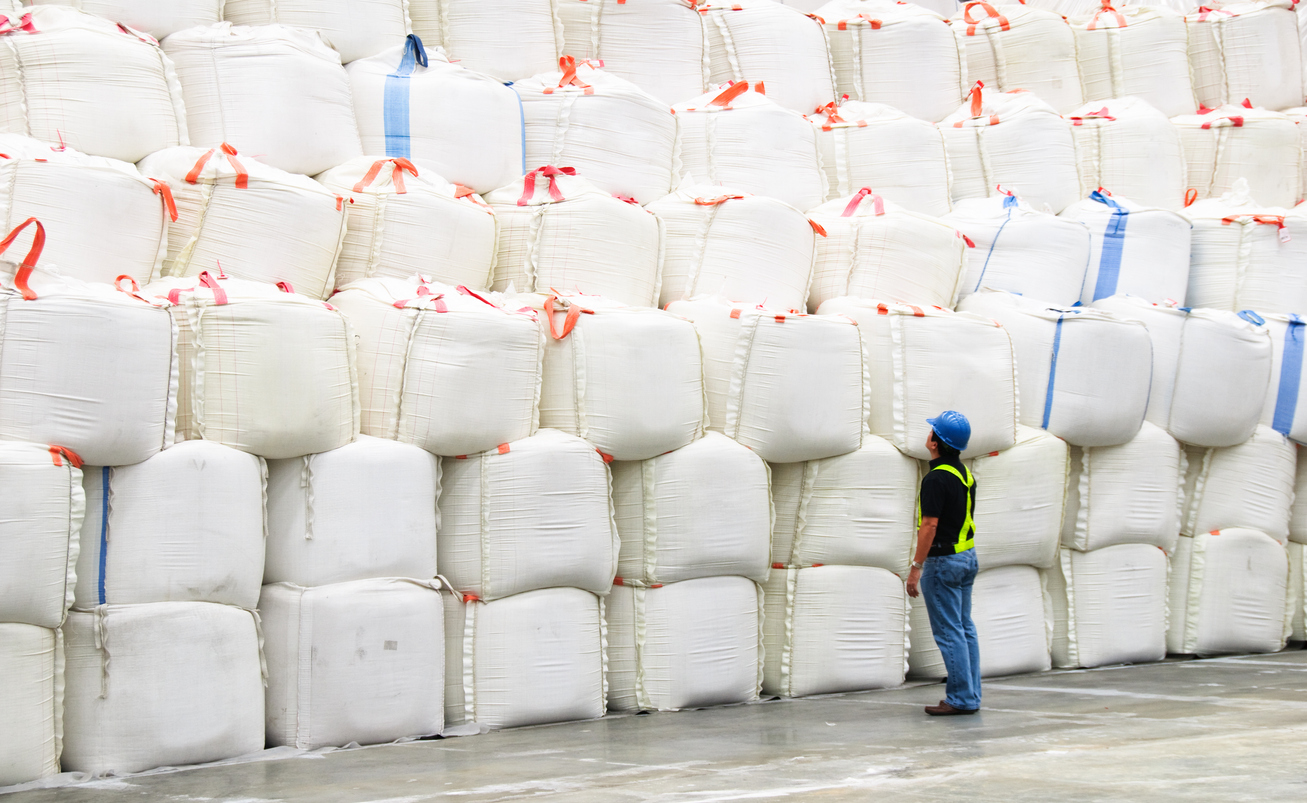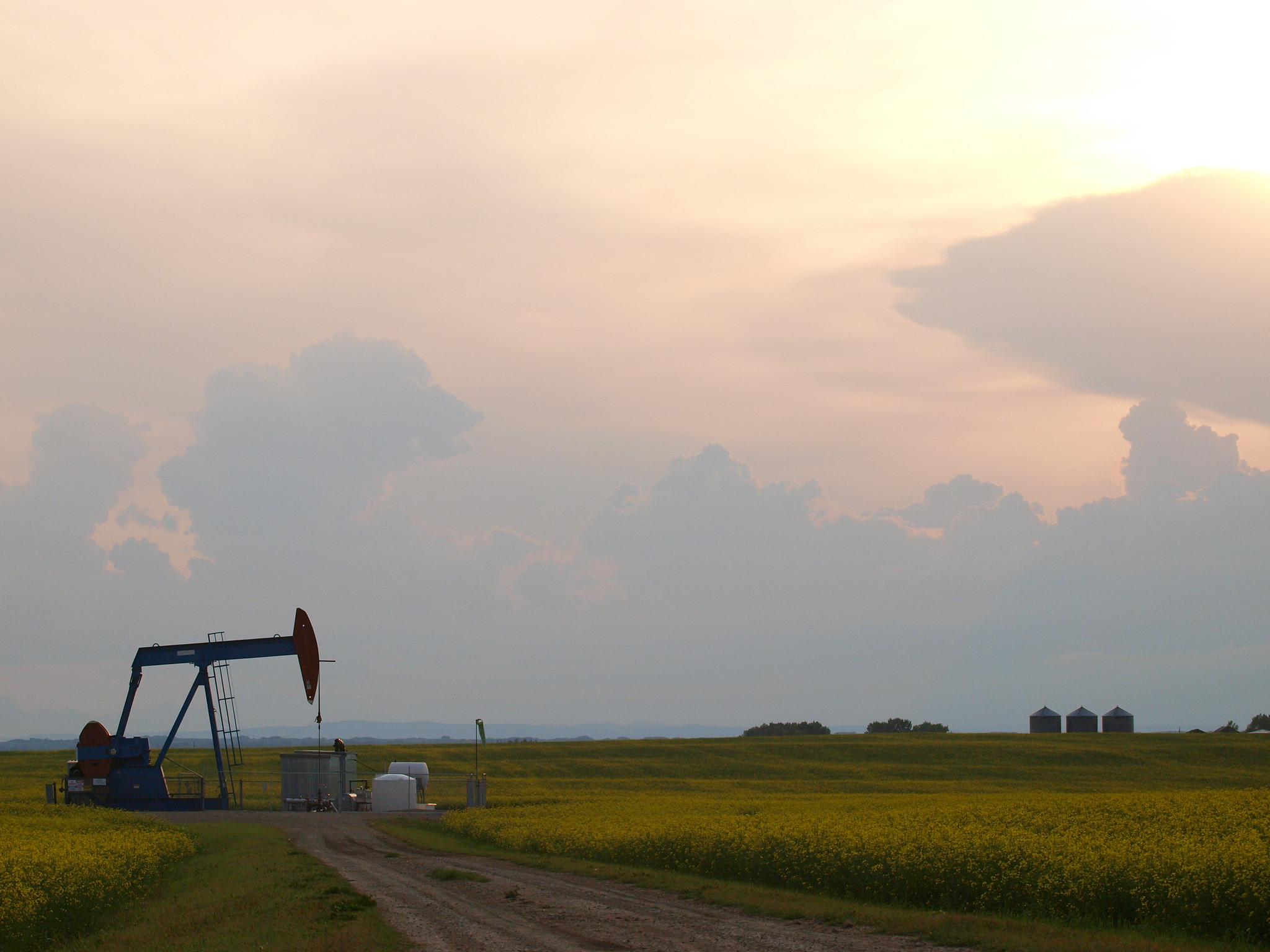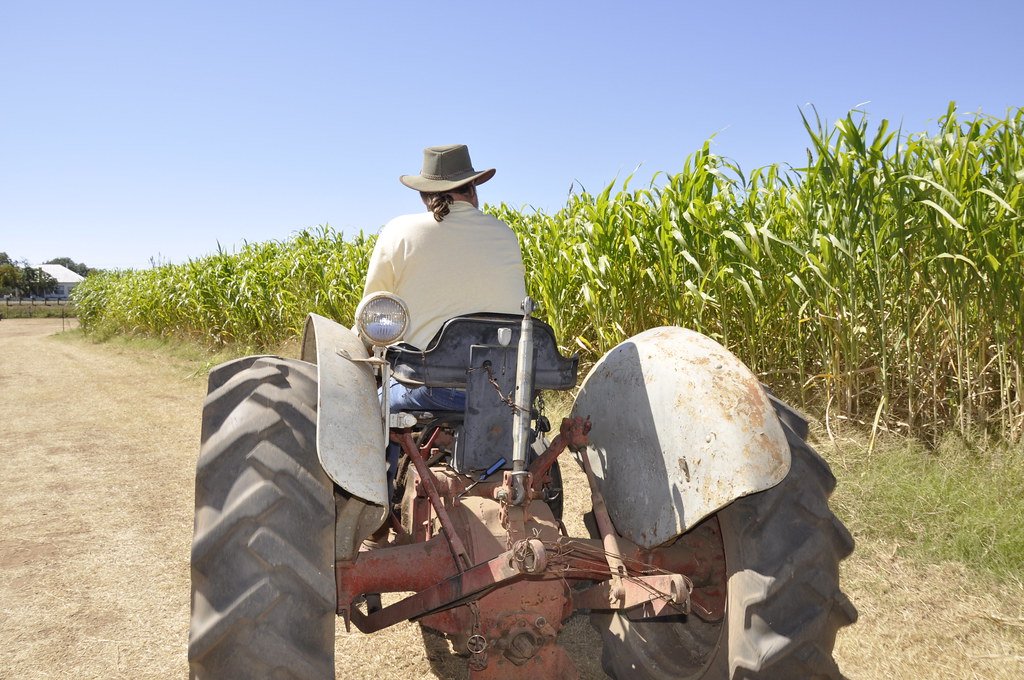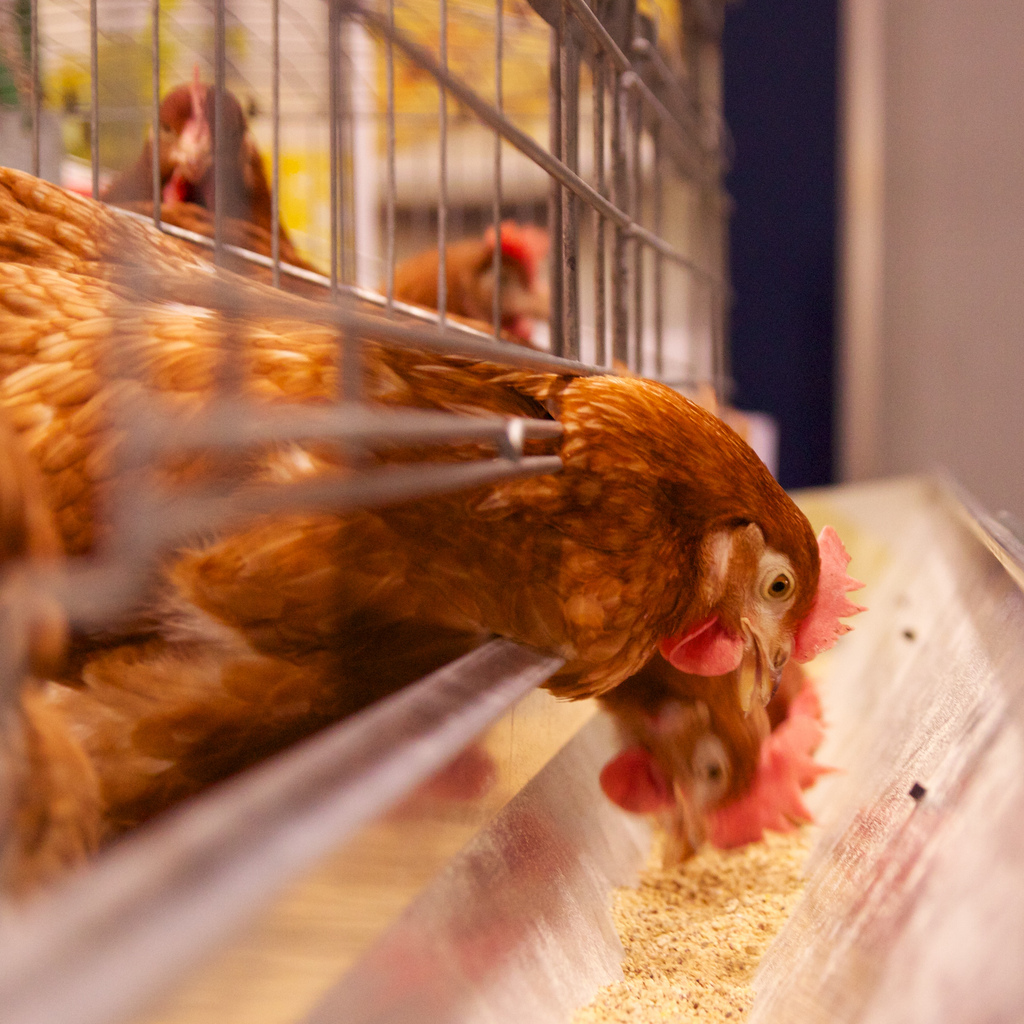The Department of Agriculture (USDA) announced it would distribute $285 million in natural disaster aid to sugar beet farmers, who faced one of the worst harvests in memory last year due to severe weather conditions. The money—which will be distributed to growers via the sugar processing cooperatives that they are a part of—will likely be a welcome financial stopgap, as some farmers are still waiting on bank loans to fund this year’s operations.
Up to a third of 2019’s beet harvest in Minnesota and North Dakota—which produce most of the country’s beet sugar—was left in the ground after heavy rain and snow delayed planting in the spring and disrupted harvesting in the fall. Blizzards and cold weather in late November rounded the year off. As a result, USDA declared a two million-pound shortage and the Department of Commerce increased import limits on sugar from Mexico to bridge the gap. The farmers I spoke to said that last year’s growing conditions were the worst they’d seen in their careers.
Many sugar beet growers are member-owners of processing cooperatives. In a good year, this means that growers can work symbiotically and share fixed costs. But in times of shortage, this means that they shoulder losses together, as well. Growers for the country’s biggest beet sugar producer, American Crystal Sugar, who couldn’t harvest the beets they’d promised, found themselves owing the company $343 per acre, Minnesota Public Radio reported. After all, there are fixed labor and utility costs involved with running sugar processing facilities, whether they’re operating at full capacity or not.
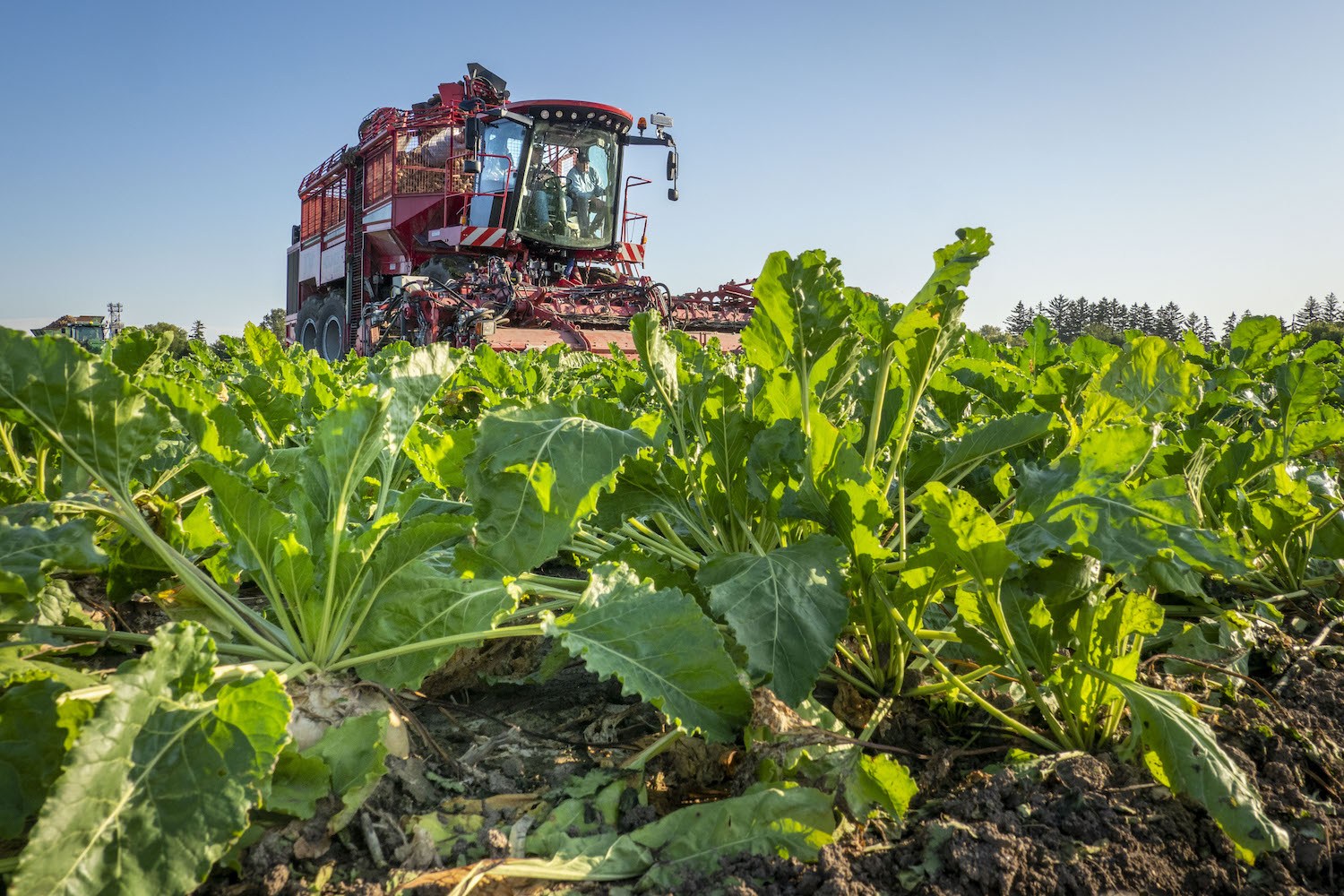
Many farms rely on operating loans from banks to cover the upfront costs of seed, fertilizer, and fuel
“Not only did they get hurt on the production side of raising a crop or a commodity, but they also get hurt on the processing side,” explains Harrison Weber, executive of Red River Valley Sugarbeet Growers Association. Weber is referring to both revenue lost because of unharvested beets and the fees owed to coops for underdelivered crops. “They get hit twice.”
Bill Hejl, a now-retired sugar beet farmer in North Dakota, estimates that his family’s business—which is still in operation—left 85 acres out of 400 unharvested last year. While he did not expect the farm to face any trouble operating in 2020, he noted that the natural disaster aid would reduce their dependence on loans: “We won’t have to borrow as much money to make this year’s crop happen.”
Many farms rely on operating loans from banks to cover the upfront costs of seed, fertilizer, fuel, and so on. Having cash on hand, such as relief money from USDA, can buoy the chances of approval, Hejl explains.
Funding for sugar beet farmers was authorized last December, after Congress passed the Further Consolidated Appropriations Act of 2020. This recent announcement puts a price tag on the losses.
USDA has faced criticism for failing to adequately fund programs that would help farmers adjust to climate change.
Scientists have long linked increasingly extreme weather patterns with the climate crisis, which is predicted to threaten food security worldwide and alter both the nutrition profiles and tastes of food. At the same time, USDA has faced criticism for failing to adequately fund programs that would help farmers adjust to climate change, or even acknowledge its existence. Politico reports that the agency spent 0.3 percent of its $144 billion budget on its climate adaptation programs—a mere fraction. Last month, the agency launched an “ag innovation agenda” aimed at helping farmers increase yield by 40 percent while reducing the industry’s “environmental footprint.” The white paper announcing the initiative made no mention of “climate change.”
Whether or not USDA acknowledges the role that climate crisis is playing on our food system, growers still have to deal with its fallout. In fact, last year’s woes are far from the past—they’ll likely impact this year’s planting, says Mohamed Khan, a sugar beet extension specialist at North Dakota State University. Typically, farmers follow up their final harvest by preparing and fertilizing their land for the coming year. Last year, obviously, was not a typical year.
“Growers still have crops in the field that they have not harvested, and they have to get that crop out,” he says. “This year’s production will be severely hampered by what happened last fall.”
